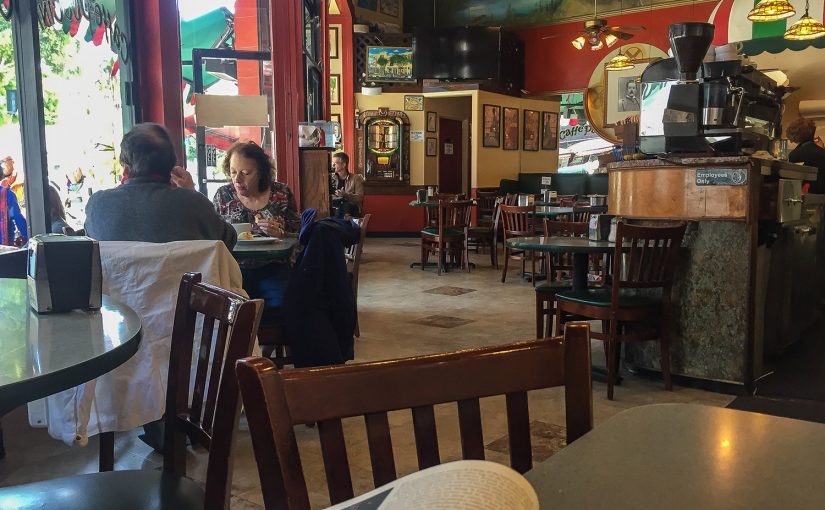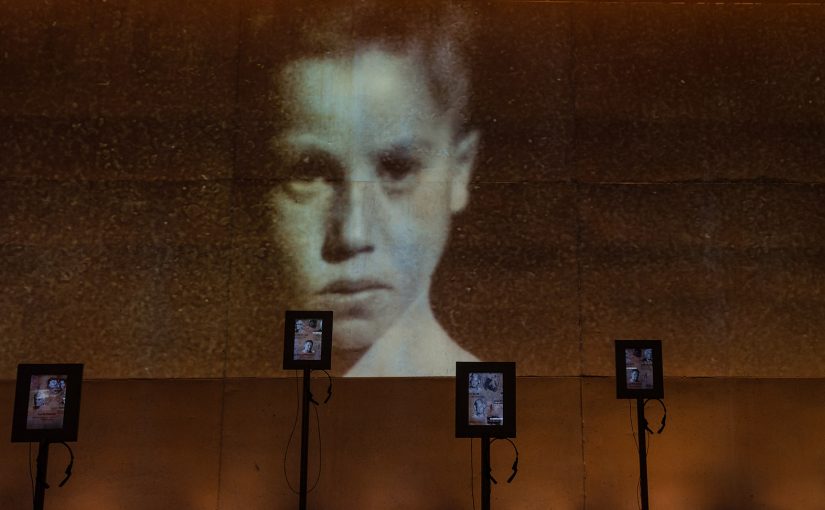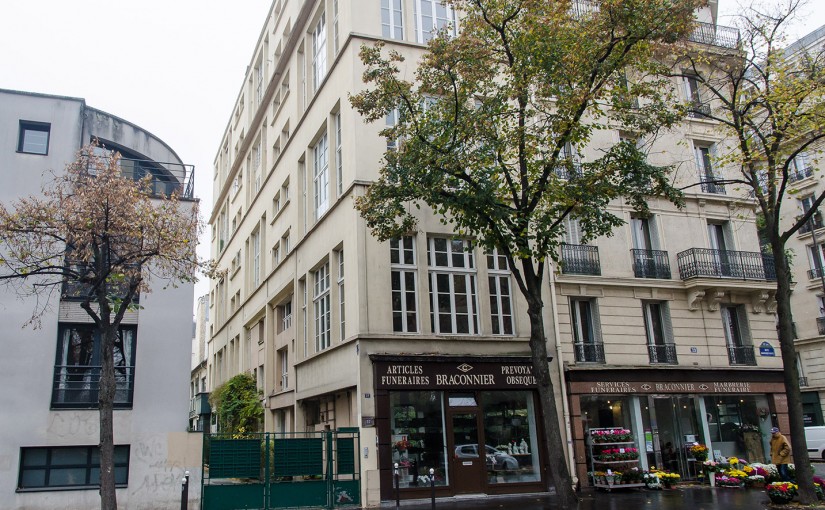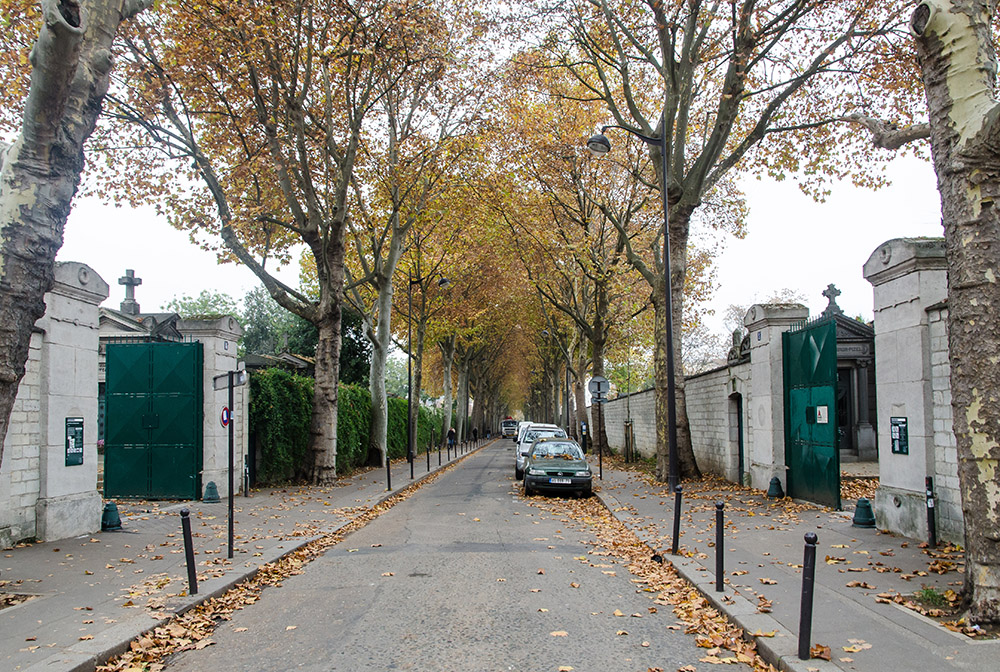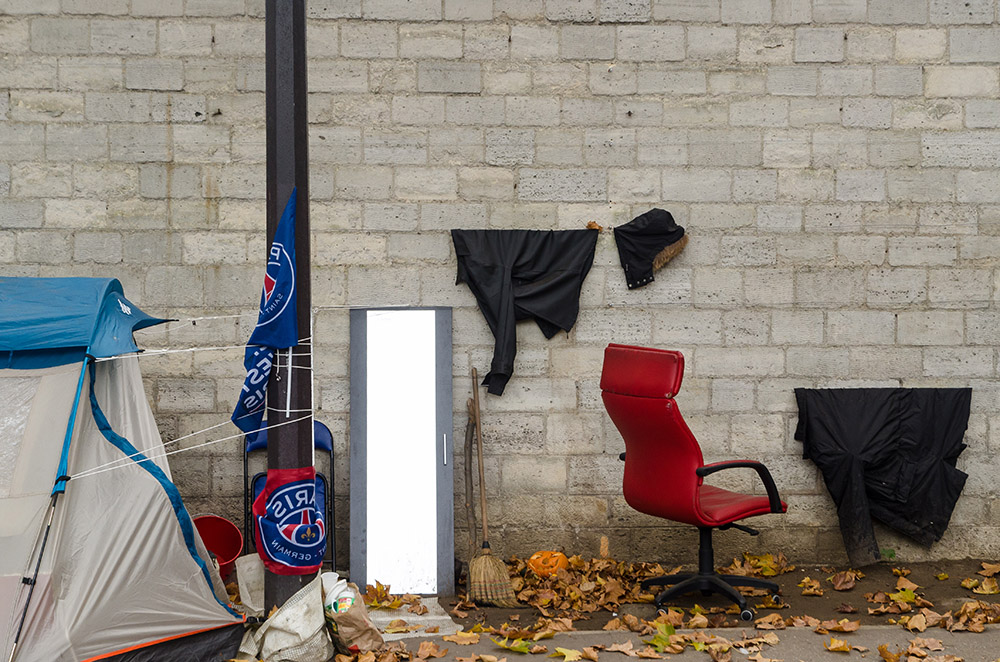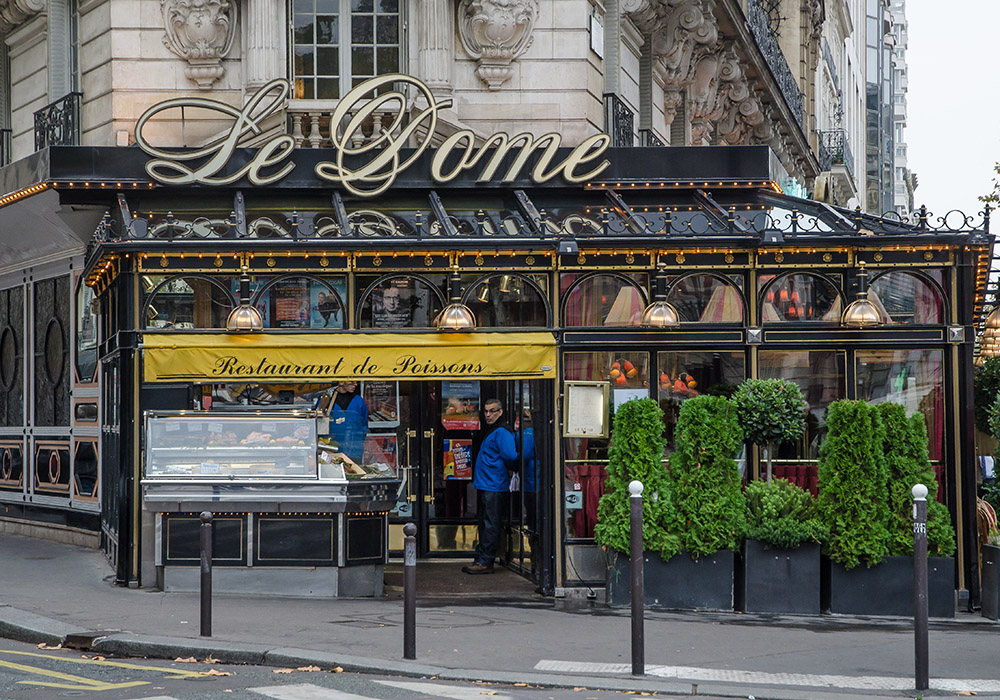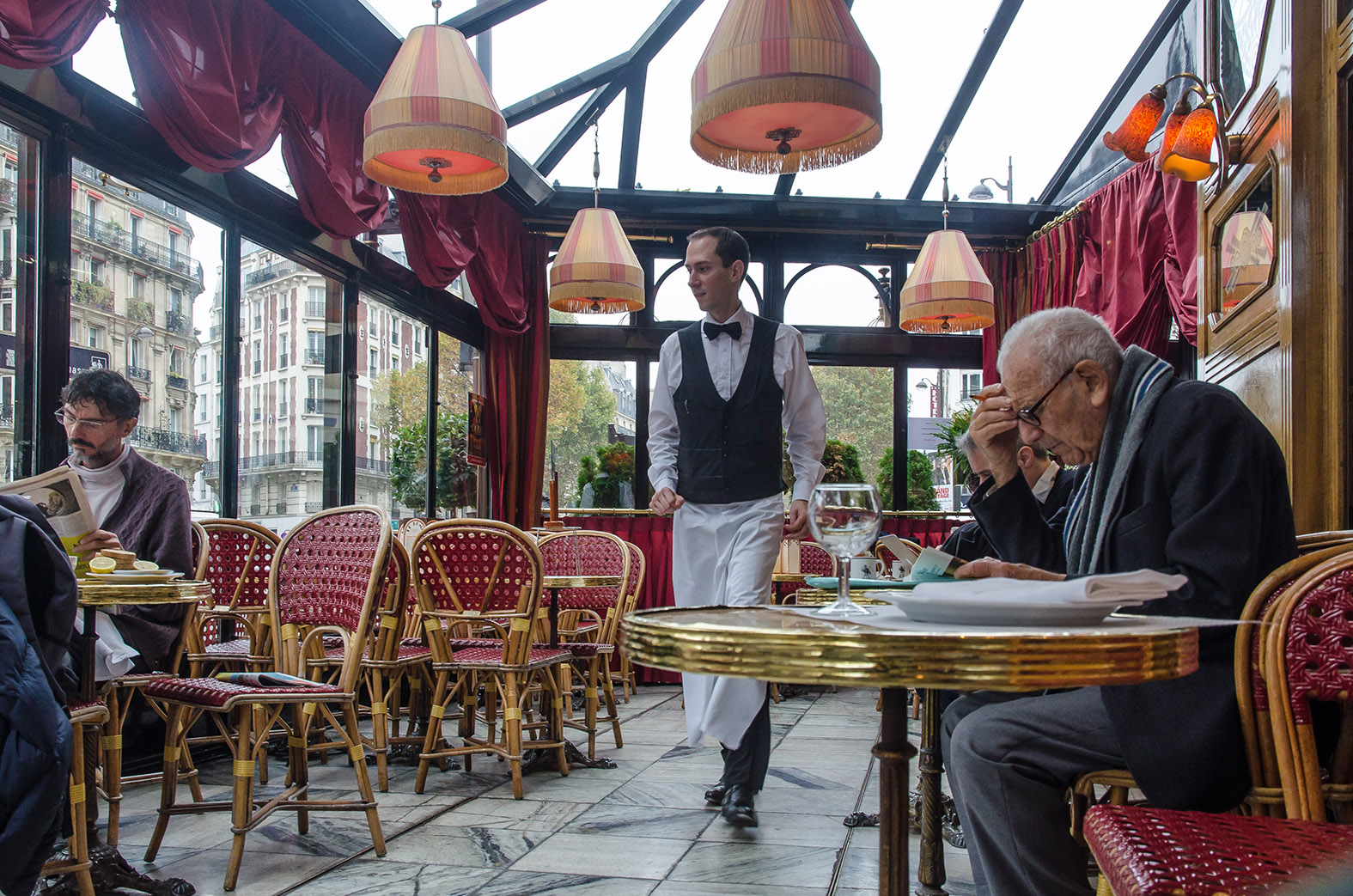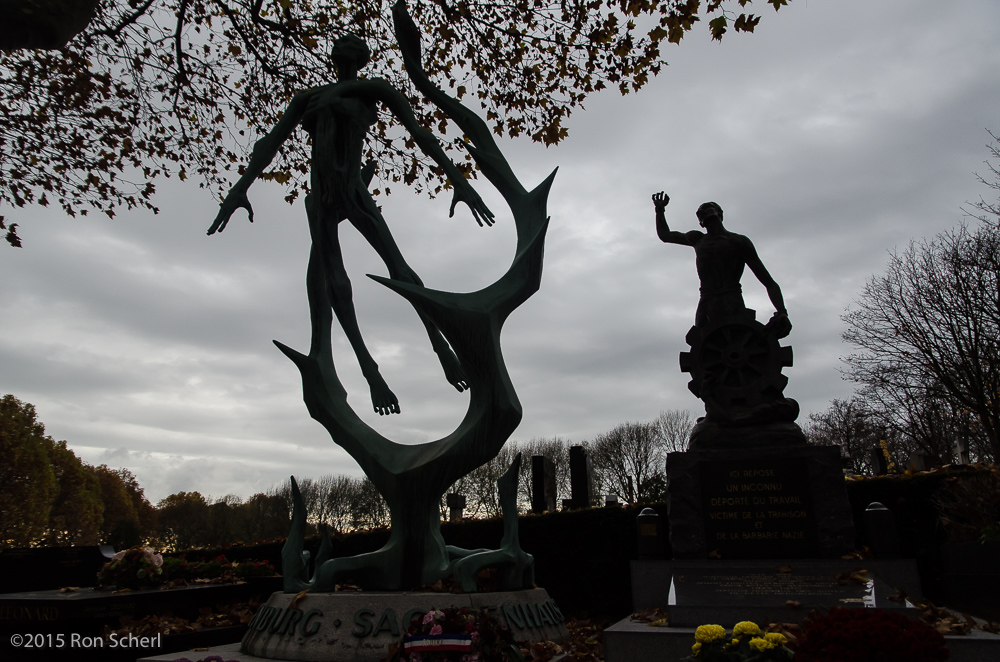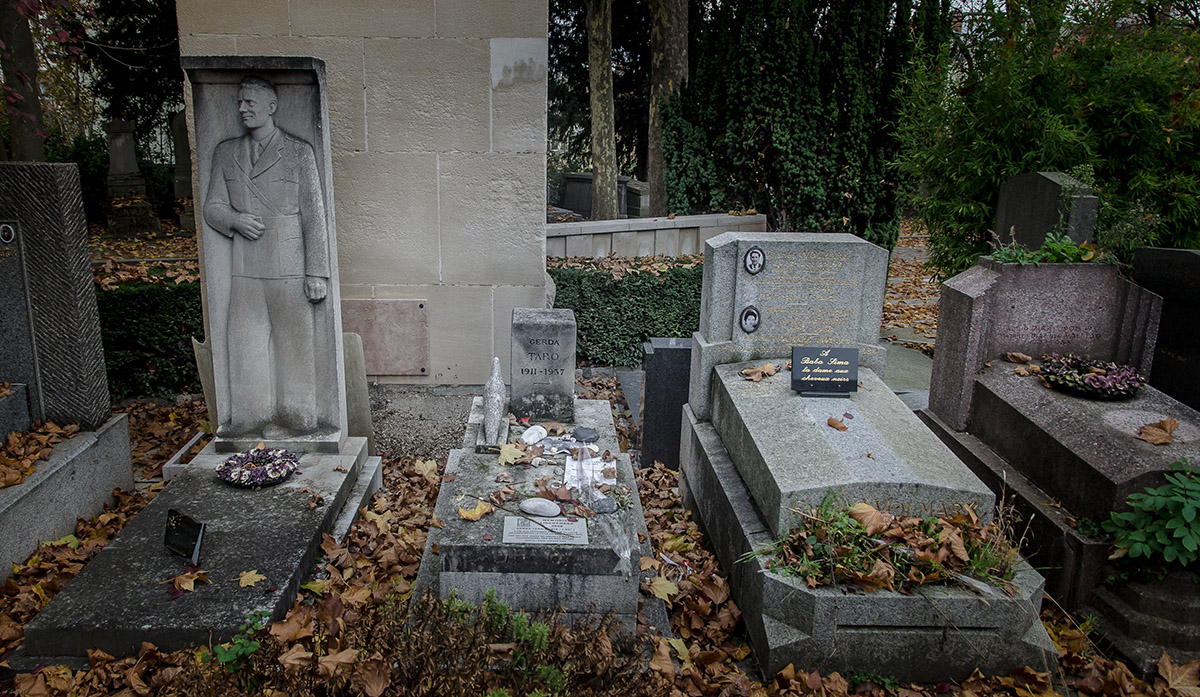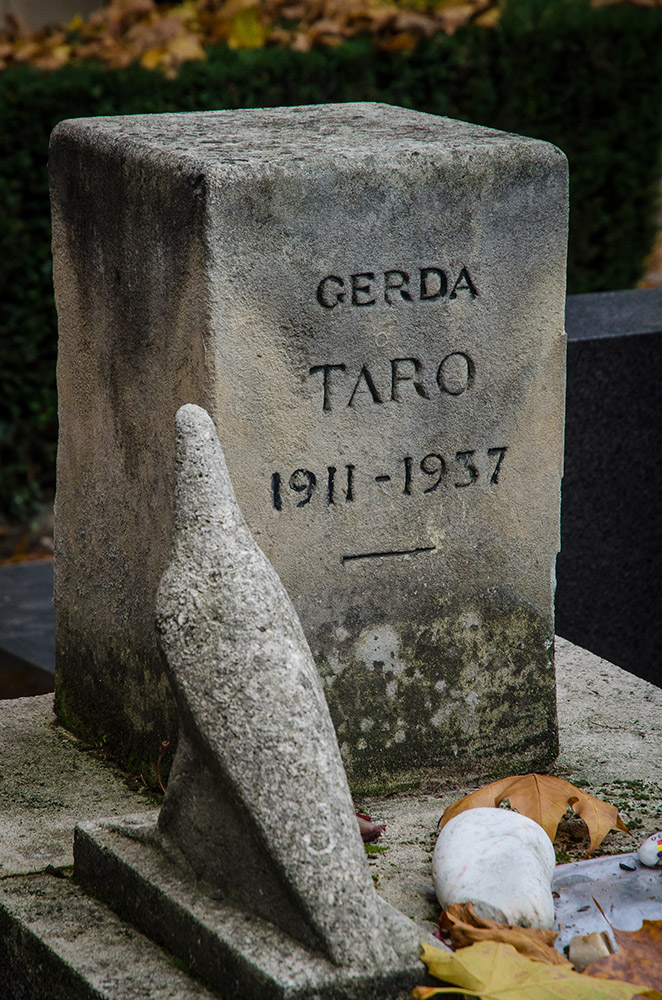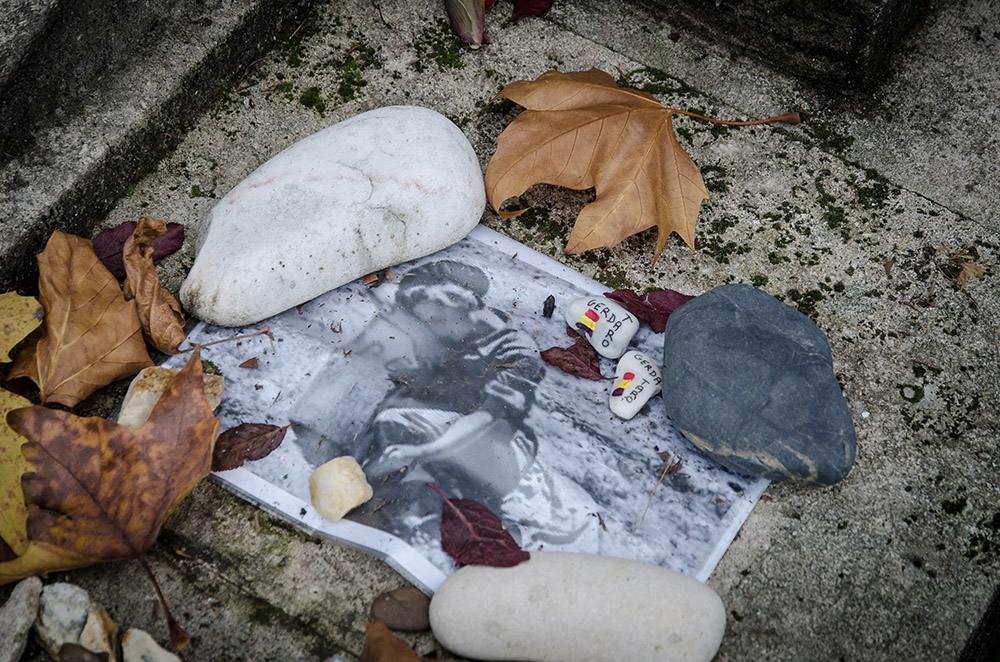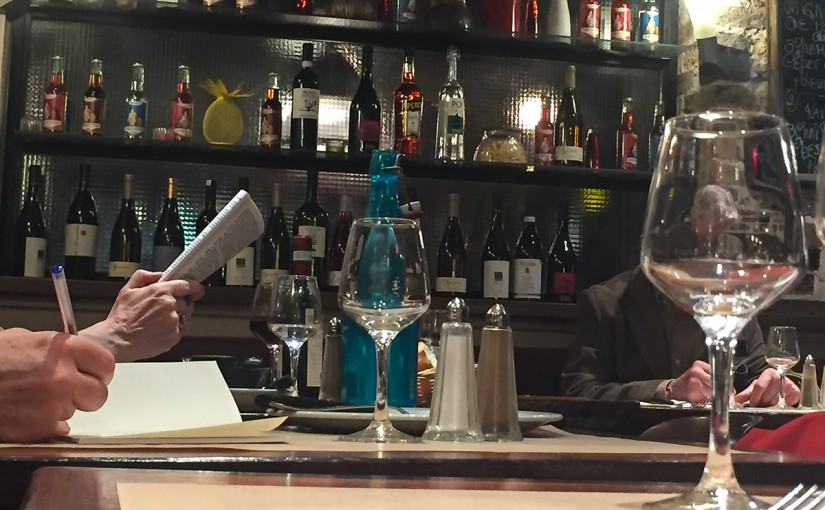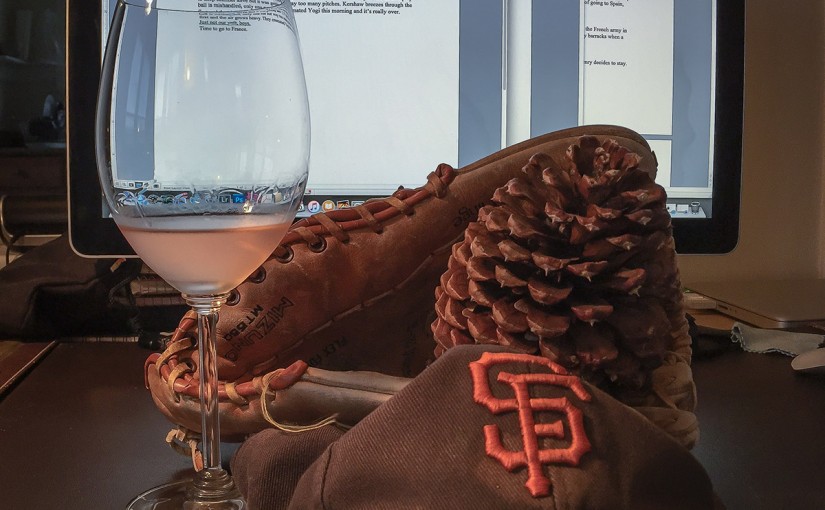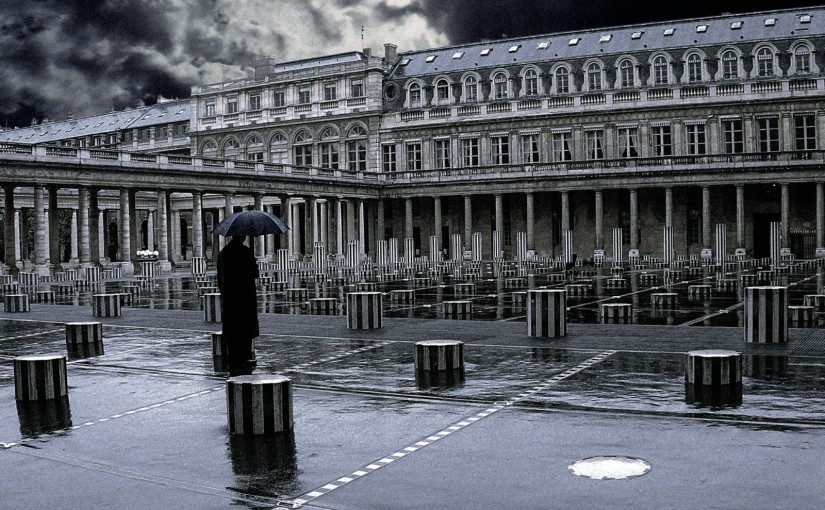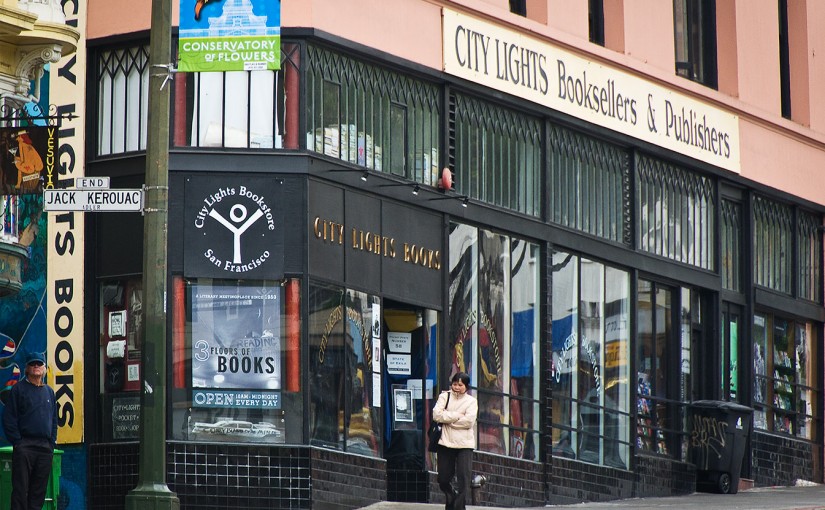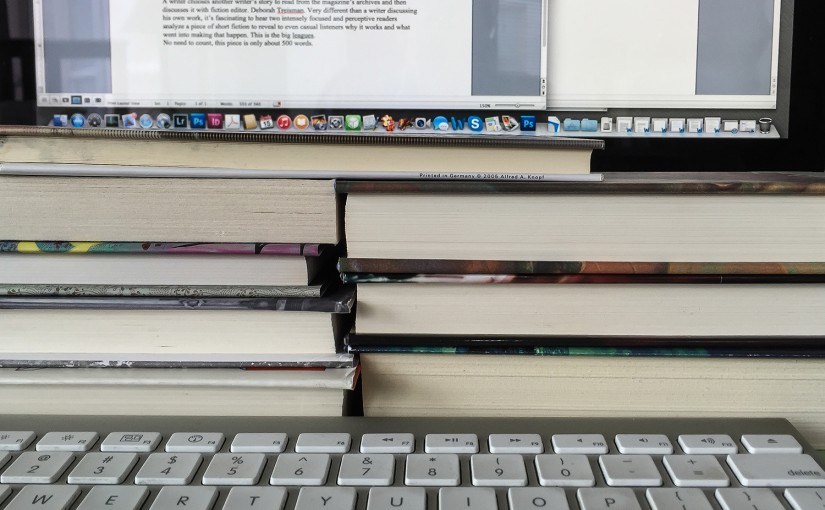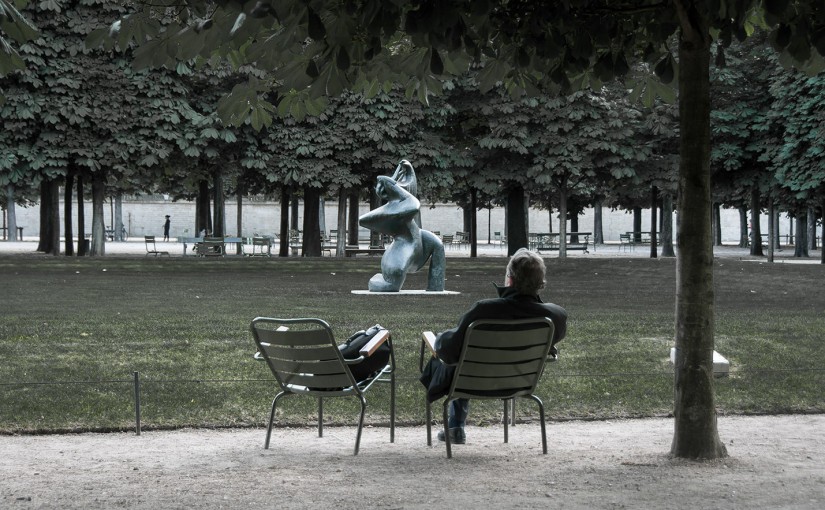Walking north on Kearny from downtown, the landscape changes at Sacramento Street: building heights go down, sunlight finds the street, pedestrians are older, and noodle shops replace office towers. Portsmouth Square is the open space in this densely crowded Chinese neighborhood, a living room for multiple generations, but it sits above a parking garage, easy to miss when walking under the pedestrian bridge on Kearny.
After passing the Chinatown Campus of City College and the House of Nanking, North Beach begins at Columbus, with Coppola’s Café Zoetrope, followed by two poles of the bar culture: the Comstock Saloon and Mr. Bing’s, both closed in the morning. Up the street to Jack Kerouac Alley, the corner of Vesuvio and City Lights, and across Columbus: Spec’s and the new Tosca. This was the center of the world when I first lived in North Beach: browsing books, reading in the basement, and drinking Negronis and Americanos before making the almost sobering trek up Vallejo Street to a room in a house long since replaced by pricey condos. Vesuvio was open for the morning drinkers but not for me today. City Lights is still the welcoming, quirky bookstore it’s always been and an hour uncovered two non-traditional histories of Paris (research) and a noir titled Fatale by Jean-Patrick Manchette, an author new to me.
I took my books to Café Puccini for a coffee among familiar faces to which I couldn’t add names, probably never knew them. The faces were older, of course, softened by age and memory. I tried to place them here, or another café or bar, but no luck. I nodded and moved on.
Molinari’s, the last Italian deli; the unique and indispensable Mario’s; Il Pollaio; Washington Square, the neighborhood lawn; Liguria bakery, sold out as usual by 11; the line at Mama’s, an unexplainable phenomenon that has persisted for decades; the rebuilt Joe DiMaggio playground; Gino & Carlo’s.
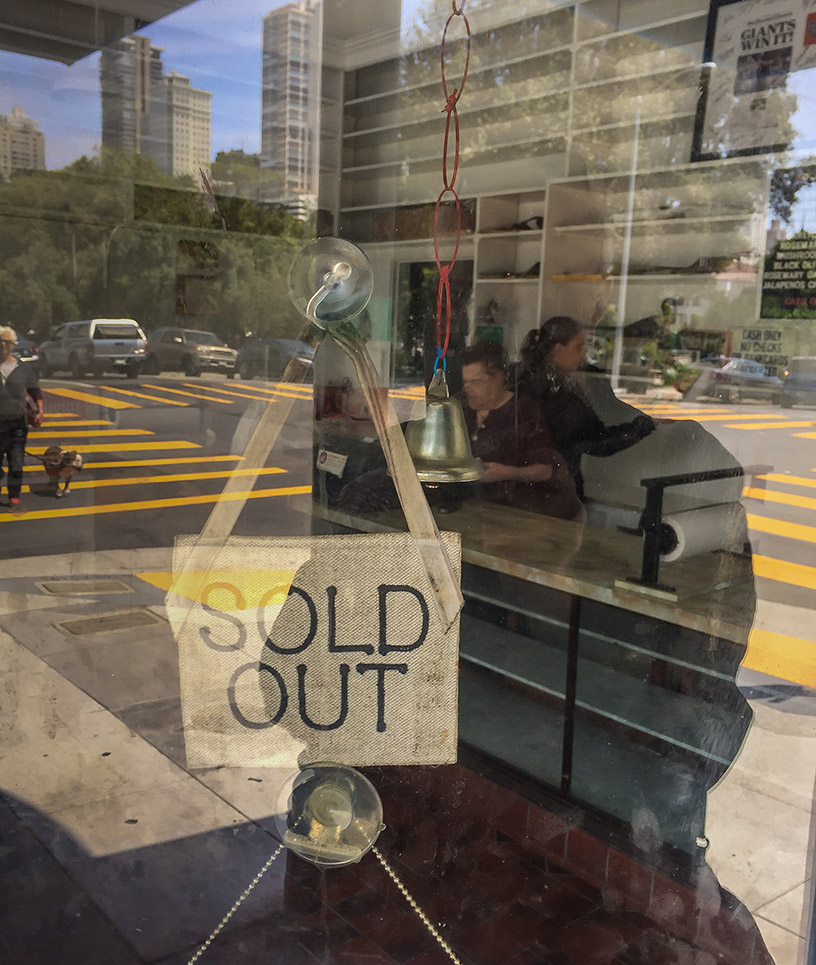
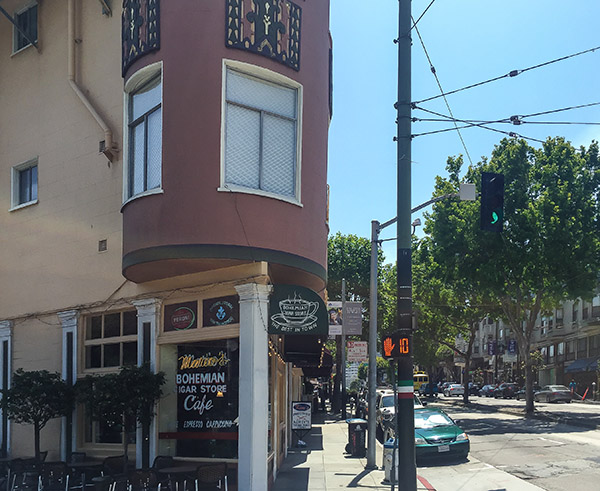
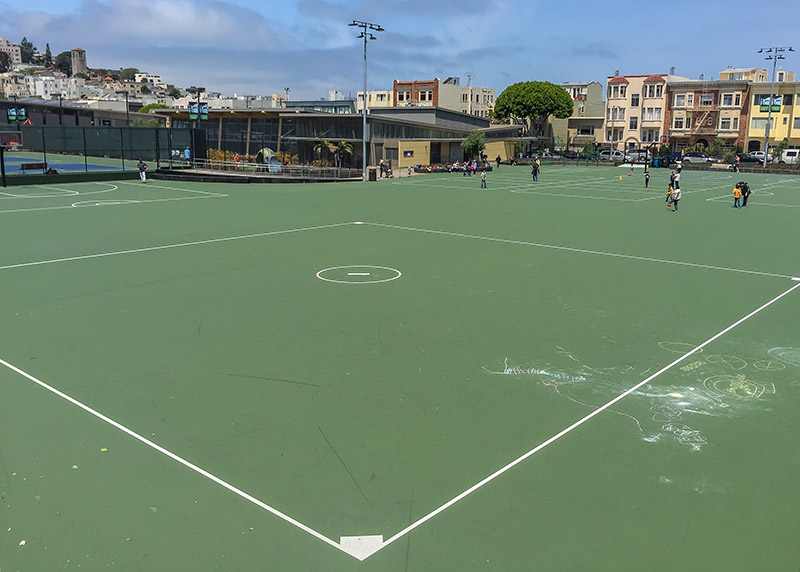 Lunch at the new Original US Restaurant. More than an exercise in nostalgia, this is food from the Italian grandmother you always wished you had. All the other old neighborhood restaurants are gone but the family somehow managed to put this back together, covered the walls with photos of the old place and the family who made it special, and brought back a small piece of the neighborhood.
Lunch at the new Original US Restaurant. More than an exercise in nostalgia, this is food from the Italian grandmother you always wished you had. All the other old neighborhood restaurants are gone but the family somehow managed to put this back together, covered the walls with photos of the old place and the family who made it special, and brought back a small piece of the neighborhood.
 Ran into Supervisor Aaron Peskin and asked him if he was enjoying being back in City Hall. “I’m having fun,” he said with a wicked smile that left no doubt. Aaron loves to stir the pot by extending the progressive agenda as far to the left as possible. He’s good at it, and it’s a useful service to our complacent, liberal city.
Ran into Supervisor Aaron Peskin and asked him if he was enjoying being back in City Hall. “I’m having fun,” he said with a wicked smile that left no doubt. Aaron loves to stir the pot by extending the progressive agenda as far to the left as possible. He’s good at it, and it’s a useful service to our complacent, liberal city.
People complain about obscene rents, Airbnb, the lack of grocery and hardware stores, shoe repair replaced by yet another restaurant for tourists, and all the usual urban ills, but there’s still a neighborhood here if you’re willing to look for it.
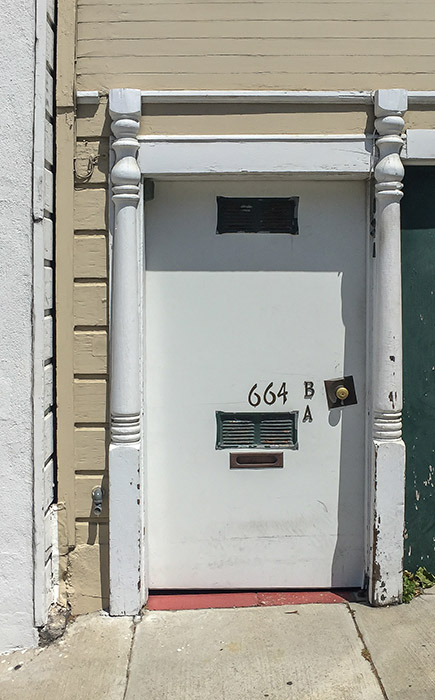 Walked past several doors that used to mean home, then back down Columbus to the bus that would take me there.
Walked past several doors that used to mean home, then back down Columbus to the bus that would take me there.

